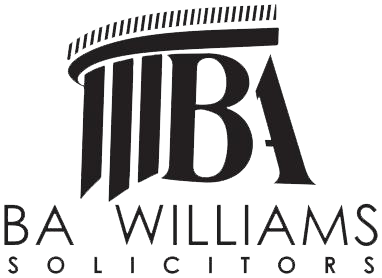The High Court was faced with the highly controversial question as to whether cryptoassets can be regarded as property in the UK.
Background:
Mr. D'Aloia alleges that he was victim of a fraud. He claimed that the first defendants- Persons Unknown A – convinced him to open an online trading account on a scam website and to transfer cryptocurrency- specially Circle’s USDC and Tether’s USDT -totalling approximately £2.5 million to wallets associated with the account. The Claimant believed he had made investments through a website associated with a regulated US brokerage. In reality, the site was a scam alleged to have been operated by the First Defendants.
The First Defendants then passed the cryptocurrency through several wallets before it was withdrawn by the seventh defendants – Persons Unknown B. The Third Defendants, the Fourth Defendants, and Bitkub were the cryptocurrency exchanges with whom the Seventh Defendants held their accounts.
The key issue in this claim was whether Mr. D'Aloia could recover from Bitkub, as part of the USDT ended up in a Bitkub custodial wallet associated with a Ms. Hlangpan (82e6 Wallet). He claimed that Bitkub held the misappropriated Tether on constructive trust or that they unjustly enriched at his expense.
Decision:
While the Judge accepted that the First Defendants who received the funds from Mr. D’Aloia did so as part of a fraud, which gave rise to a constructive trust, Mr D'Aloia's claims against Bitkub failed and was dismissed. The main reason is that the Claimant failed to establish that any of his misappropriated cryptocurrency had reached the relevant wallet ascribed to Ms. Hlangpan.
The claims in unjust enrichment and for the imposition of a constructive trust on the exchange were dismissed in their entirety.
When answering the question as to whether cryptocurrencies are properties, the Court based itself on prior decisions in respect of interim applications, especially AA v Persons Unknown [2019], as well as the Law Commission Report. The Court noted that USDT is “neither a chose in action nor a chose in possession”, but rather a different form of property which can be the subject of tracing and can constitute trust property in the same way as other property. This conclusion was also based on the Law Commission's draft Property (Digital Assets etc) Bill.
Moreover, based on Tulip Trading v. Van Der Laan, the Court concluded that cryptoassets attract property rights. Moreover, they are “rivalrous, that is to say ownership by one person prevents ownership by another.” And finally, “cryptoassets exist as something outside the minds of their users.”
However, while USDT constituted property, no constructive trust in respect of the claimant’s USD Tether could arise in the circumstances. In any event, Mr. D'Aloia's claim imposed a constructive trust on the unknown fraudsters not on Bitkub and no claim in knowing receipt had been advanced against Bitkub.
Regarding the tracing, the High Court ruled that the Claimant could not trace through a mixed fund in support of his common law claim in unjust enrichment as it is only available to the Claimant in respect of equitable claims.
Implications:
This landmark judgment is the first time an English court have reached a conclusion on the proprietary status of a cryptoasset. This decision provides a helpful confirmation of the legal status. It also analyses the law of constructive trusts in the cryptocurrency field. This decision makes it clear that such trust could arise only against the fraudsters. Finally, the finding that cryptocurrencies have property rights means that victims of fraud might bring equitable claims to trace those assets.
As the judge recognized it is a “lengthy judgment because the legal points to which it gives rise are novel, contentious or both.” The case also highlights the need to have good expert evidence as in this case it was fatal to Mr. D'Aloia's claim.




